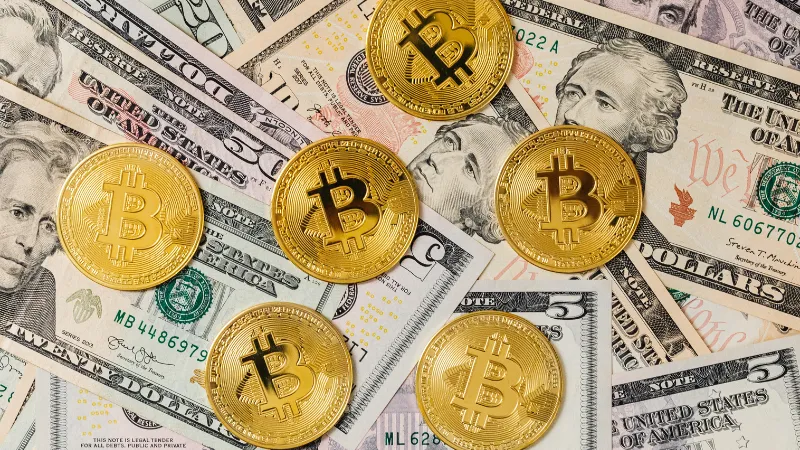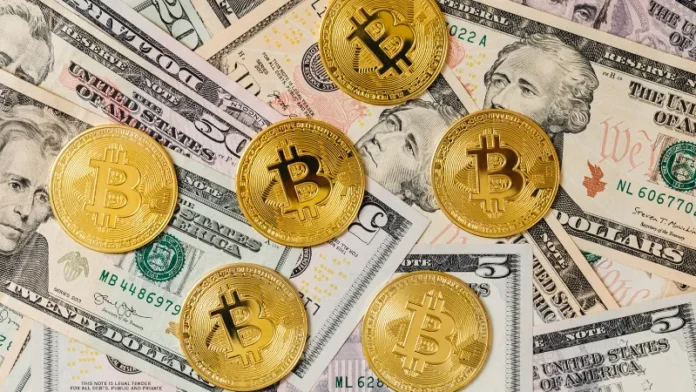
Introduction
Initial Exchange Offerings (IEOs) have emerged as a structured and increasingly popular method for blockchain projects to raise capital. Unlike traditional Initial Coin Offerings (ICOs), which often relied on project-led sales without intermediary oversight, IEOs are hosted directly on cryptocurrency exchanges. This provides a layer of trust, due diligence, and accessibility that can attract both retail and institutional investors. As the cryptocurrency market matures, IEOs have become a key mechanism for launching new tokens, enabling faster market exposure, and ensuring a level of security in fundraising.
The IEO model is not only a fundraising tool but also a bridge between investors and projects, offering a streamlined process for token distribution, liquidity, and trading. As of 2025, IEOs continue to evolve alongside trends in DeFi, NFT ecosystems, and algorithmic trading. Traders seeking systematic approaches to IEO participation can leverage platforms like quantum ai, which combine automated trading strategies with real-time market monitoring to optimize entry and exit points. This article explores IEO mechanics, market trends, notable case studies, risk considerations, and practical advice for investors.
What are Initial Exchange Offerings?
IEOs are token sale events conducted through a cryptocurrency exchange, rather than independently by a project. The exchange acts as a trusted intermediary, performing vetting processes, KYC/AML checks, and technical support to facilitate the sale. Key characteristics include:
- Exchange-hosted fundraising: The project collaborates with an exchange, which manages the token sale process.
- Due diligence and vetting: Exchanges screen projects for legitimacy and compliance, reducing risk for participants.
- Immediate trading availability: Tokens are often listed on the host exchange immediately after the sale, improving liquidity and price discovery.
Difference Between ICOs and IEOs
- ICOs: Projects sell tokens directly to investors without exchange support. High risk of fraud or poor execution.
- IEOs: Tokens are sold via exchanges, offering increased transparency, credibility, and access to the exchange’s user base.
How IEOs Work
IEOs follow a structured sequence of events:
- Project application: The project submits its whitepaper, roadmap, and technical details to the exchange.
- Exchange vetting: The exchange conducts due diligence, including compliance, team verification, and smart contract audits.
- IEO launch: Tokens are sold to exchange users according to predetermined allocation, price, and schedule.
- Immediate trading: After the sale, tokens are listed for trading on the host exchange, often with incentives for early participants.
Key Metrics to Watch:
- Token allocation and supply
- Price per token
- Soft cap and hard cap
- Investor participation limits
- Liquidity and initial trading volume
Example: Binance Launchpad, one of the most prominent IEO platforms, reported over $200 million raised through multiple projects in 2023 alone, showcasing the scalability and adoption of this fundraising method.
Market Trends and Adoption
- Rising popularity: IEOs have regained interest after the ICO slowdown due to regulatory challenges.
Institutional participation: Exchanges often attract institutional investors due to compliance and vetted project processes.
Global reach: Projects can access a diverse investor base spanning multiple jurisdictions.
Sector trends: Many IEOs now focus on DeFi, gaming, and NFT-related tokens.
Pros of IEOs:
Reduced risk of scams compared to ICOs
Instant liquidity through exchange listing
Credibility via exchange vetting
Streamlined investor onboarding
Cons of IEOs:
- High dependence on exchange reputation
Listing fees and platform requirements can be costly
- Limited token distribution control for projects
- Market volatility can impact post-IEO token price
Case Studies
BitTorrent (BTT) IEO on Binance Launchpad
- Raised $7 million in under 15 minutes
- Demonstrated the efficiency and speed of exchange-hosted sales
- Highlighted strong community support and investor confidence in vetted projects
Matic Network (Polygon) IEO
- Successfully raised $5 million
- Tokens listed immediately, facilitating liquidity and adoption
- Showed how exchange vetting increases credibility for institutional investors
Risks and Considerations
Investors and projects should be aware of potential risks:
- Market risk: Token prices may fluctuate heavily after listing.
- Regulatory risk: Jurisdictional changes can affect token legality or exchange operations.
- Exchange dependency: Projects rely on the exchange for marketing, technical execution, and post-sale support.
- Overvaluation risk: Hype around IEOs can inflate token prices temporarily, leading to corrections.
Practical steps for mitigating risk include: due diligence on the project team, analyzing whitepapers, checking exchange credibility, and diversifying investments across multiple IEOs.
Trading Strategies and Tools
For traders, IEOs present opportunities for both short-term gains and long-term investment. Algorithmic trading tools and AI-driven market analysis platforms, such as quantum ai, can assist by:
- Monitoring IEO schedules and participation limits
- Executing trades based on real-time price signals
- Managing portfolio exposure to newly listed tokens
- Optimizing buy/sell decisions in volatile post-IEO markets
Conclusion
Initial Exchange Offerings have established themselves as a safer, more structured alternative to ICOs. By leveraging exchanges for token sales, projects gain credibility, access to liquidity, and investor trust, while participants benefit from reduced risk and immediate trading opportunities. Market trends indicate sustained interest in IEOs, particularly for DeFi, gaming, and NFT projects. However, inherent risks remain — including market volatility, regulatory uncertainty, and exchange dependency — making careful due diligence essential.
Traders seeking to capitalize on IEOs can benefit from algorithmic tools and AI-driven platforms like quantum ai, which provide data-driven insights and automated strategies to navigate post-IEO markets. Ultimately, success in IEOs requires a balanced approach: research, risk management, and strategic participation in promising projects.
FAQ
What is an IEO?
An Initial Exchange Offering (IEO) is a token sale conducted through a cryptocurrency exchange, providing a secure and regulated environment for fundraising.
How is an IEO different from an ICO?
IEOs are exchange-hosted, with vetting and compliance checks, whereas ICOs are sold directly by projects without intermediary oversight.
What are the benefits of participating in an IEO?
Benefits include reduced risk of scams, instant liquidity, exchange credibility, and streamlined investor onboarding.
What are the main risks of IEOs?
Market volatility, regulatory changes, exchange dependency, and overvaluation of tokens are key risks.
Can IEO tokens be traded immediately?
Yes, most IEOs list tokens on the host exchange immediately after the sale, providing liquidity and price discovery.
How do exchanges vet IEO projects?
Exchanges perform KYC/AML, team verification, technical audits, and compliance checks before listing projects.
Are IEOs suitable for institutional investors?
Yes, due to exchange vetting, regulatory compliance, and structured token sales, many IEOs attract institutional participation.
What sectors are popular for IEOs?
DeFi, gaming, NFT ecosystems, and AI-integrated blockchain projects are currently leading sectors.
Can traders profit from IEOs?
Traders can capitalize on price volatility post-listing, especially using algorithmic tools like quantum ai for data-driven strategies.
How should investors evaluate an IEO?
Assess the project team, whitepaper, exchange credibility, tokenomics, market trends, and potential regulatory risks before participating.





